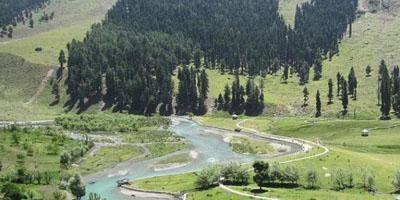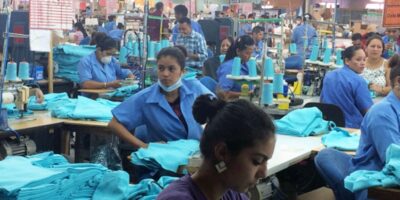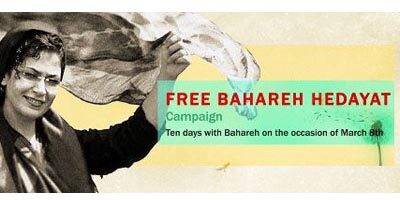In April the World Bank approved a US$ 3.75 billion loan for the South African Electricity Supply Commissions (Eskom), to fund what will become the fourth largest coal-fired power plant in the world. The decision was not unanimous. The United States, the United Kingdom, Italy and the Netherlands abstained over environmental concerns, since coal is the world’s single largest contributor to carbon dioxide emissions.
The World Bank faces a difficult challenge: to meet the need for energy in low-income countries while simultaneously building the foundations of a low-carbon future as emissions increase and global warming becomes a reality. While many third world countries are left with little choice but to use coal for development – it is inexpensive compared to other energy sources – it remains the most environmentally destructive source of energy on the planet.
Sustainable development may be the ideal solution, but according to Chris Neal, Senior Communications Officer for Energy, Water and Transport at the World Bank, renewable energy is extremely expensive. “In some countries – Botswana and South Africa for example – and under some circumstances, there is no viable near-term alternative to fossil fuel development.”
In an Eskom Project Fact Sheet, the World Bank describes the importance of energy for developing countries. “Without energy, countries face very little or no economic growth; factories and businesses cannot function efficiently; hospitals and schools cannot operate fully or safely; basic services that people in rich countries take for granted cannot be offered.”
“These are unusual circumstances, and we are responding to specific needs,” according to a World Bank issue brief on energy financing.
In December 2007, South Africa was hit by an energy crisis that, along with the global financial crisis, exposed the country’s vulnerability to energy shocks. The World Bank position is that short-term environmental trade-offs are necessary in South Africa, and tapping into all of the country’s energy sources, including coal reserves, is the only way to meet its energy requirements.
Energy stability is also central for its neighbouring countries, six of which depend on South Africa as their primary source of energy.
World Bank promises
The Medupi plant, to be constructed in the Limpopo province, will produce 4800MW of power that will, it is hoped, alleviate power shortages, ensure energy security, and allow for stable economic growth. This in turn is to encourage job creation and increased electrification for poor communities.
While poverty alleviation is the World Bank’s primary mandate, the Bank insists that it is doing whatever it can to promote sustainable energy and minimize carbon emissions and other forms of environmental damage. It stresses that the Medupi power plant will be the first African coal plant to use the cleaner ‘supercritical’ coal technology used in many OECD countries.
Furthermore, US$ 485 million of the loan will be used to improve energy efficiency by building a railway system that would reduce greenhouse gas emissions from the transportation of coal. US$ 260 million will be allocated to jumpstart the development of wind and solar power, which will lead to the construction of one of the largest solar power projects in the world. The World Bank believes this will help South Africa achieve the ambitious long-term carbon mitigation targets it made at Copenhagen.
The dirt on coal
The loan has generated fierce opposition from a spectrum of local and international actors including churches, NGOs, environmental groups, academic institutions and trade unions. These groups feel that neither the environment nor the benefit of the South African people is the Bank’s primary concern.
Environmental activists do not see the project as short-term, and entirely disagree with the Bank’s claim that it is a ‘down payment for a greener future.’ Rather, they see this as the newest development in a series of dirty loans, which will lock South Africa and other developing countries into high-carbon infrastructures, leaving no hope for future carbon mitigation.
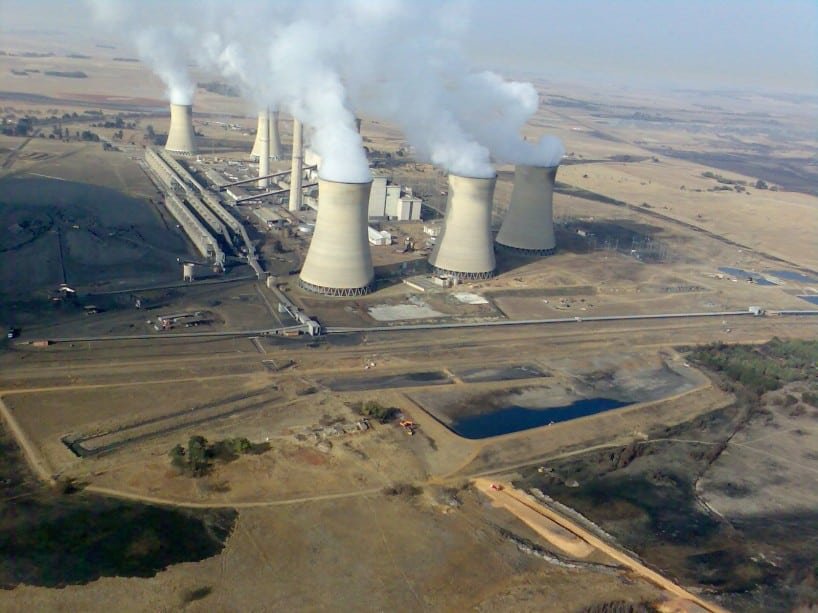
Eskom’s Arnot power station produces 2400 megawatts of electricity. The Medupi plant will have twice that capacity. Photo: Gerhard Roux
The Medupi plant alone will emit up to 30 million metric tons of carbon dioxide per year for up to 50 years, making it one of world’s largest sources of greenhouse gas pollution. This, along with other coal plants across both the developed and developing world, will exacerbate global warming, which can ultimately have catastrophic ramifications for the poor, undoing years of poverty alleviation.
The World Bank itself has stressed that it is the world’s poor who are most vulnerable to climate change. On its website the Bank states that the effects of global warming “pose risks for agriculture, food, and water supplies. At stake are recent gains in the fight against poverty, hunger and disease, and the lives and livelihoods of billions of people in developing countries.”
Corporate interests at heart?
The environmental organization groundWork South Africa (an affiliate of Friends of the Earth) questions the motives of the plant and doubts it is designed to deliver electricity to impoverished South Africans.
“The Medupi project was a reaction to the power cuts in South Africa that affected the mining industry,” Sunita Dubey, coordinator of groundWork, said. “There was a point where big mining corporations said that they would leave the country because they were not assured of power. It is very important to see that basically this plant was designed to give electricity to big mining corporations.”
Dubey also stressed that the World Bank’s cost calculations of coal are highly inaccurate because they do not consider the ‘hidden costs’ or the ‘shadow pricing’ such as health concerns caused by air or water pollution, as well as the costs of global warming. If these costs were considered, renewable energy such as wind and solar power would be revealed as less expensive than coal.
“Who is taking into account the extra burden?” Dubey asks. “Mercury emission is going to increase tenfold in the area and nobody is talking about that.”
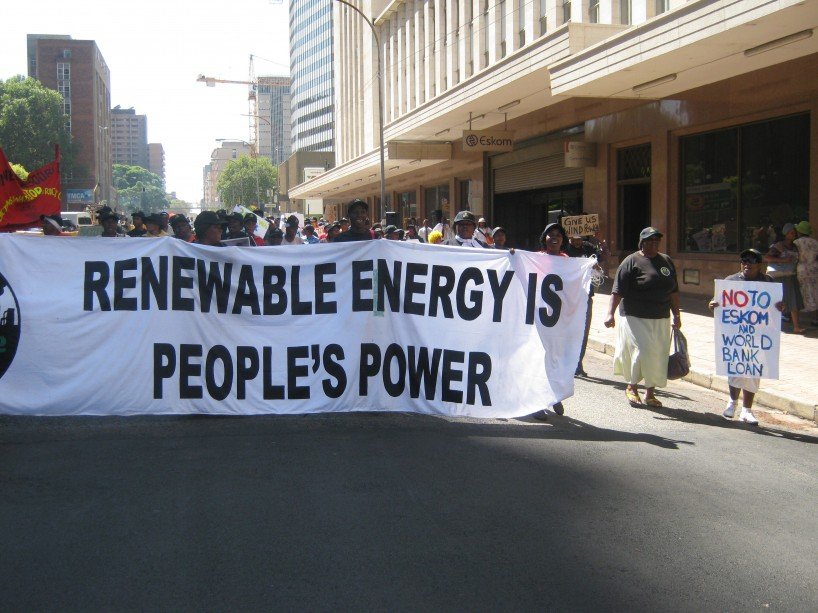
Anti-Eskom protest in South Afrcia. Photo courtesy groundWork
Ultimately, is the poor who pay for the delivery of electricity to their neighbourhoods, she says. “South African energy regulators were increasing the tariffs on the household electricity bearers, whereas protecting the big mining corporations like BHP Billiton and Rio Tinto, who are sometimes even paying below the cost of production.”
Members of the local community have taken these concerns to the World Bank Inspection Panel, which can investigate claims of environmental or social damage from a project. Local residents criticize the plant for catering to large foreign-owned contractors, and begrudge paying higher electricity prices – up to three times the amount – in order to repay the bank loan. They are also concerned about water shortages and sulphur emissions in the area.
Some Western governments are also critical of energy strategies that involve burning coal – a stance made clear by the four abstentions at the World Bank vote on the Medupi Plant. Voting against loans is a rare occurrence at the World Bank, and countries that would have opposed the project may have acquiesced in order to maintain friendly diplomatically relations with South Africa.
In a statement explaining the US abstention, the Treasury Department highlighted the uncertainly surrounding future carbon mitigation, “Without actions to offset the carbon emissions of the Medupi plant, the project is incompatible with the World Bank’s strategy to help countries pursue economic growth and poverty reduction in ways that are environmentally sustainable.”
When the loan was approved, Canada’s representative argued that projects like this are necessary, given the demands for power, and the best way forward is to fund them but make coal plants as clean as possible.
Entitled to pollute
Many proponents of the loan have highlighted that it is not only the World Bank that is guilty of hypocrisy. Western nations may express their anger over loans for coal plants in the developing world, but depend on fossil fuels for the majority of their own energy. The US, for example, is the second largest polluter of carbon dioxide, and relies on coal for over 50% of its electricity production.
India and China have been particularly vocal of their belief that current emissions levels are a product of Western industrialization, and that developing nations should not have to pay the price by having their development restricted by present-day environmental concerns.
When asked if the US was in a position to criticize the World Bank, Dubey replied, “The US or any other country, which abstained on this loan has the right do so, as you can build coal power plants with private money but not with tax payer money.” Further, she explained that while the US many not be at the forefront of CO2 emission reduction, “there are many more coal power plants, which have been stopped in the US, due to public pressure.”
As the World Bank vies for more funding at Copenhagen and seeks to become a leader in environmental governance, critics say that the Bank has significantly undermined its validity by its decision to loan money for the Medupi plant. Many now question whether the World Bank is genuinely committed to carbon emissions reduction.
The Bank is currently undertaking a wide-ranging consultation on its energy strategy, which will be concluded in early 2011. With its credibility on environmental matters battered and the fallout from the Eskom loan still fresh, it remains to be seen whether the Bank will adopt a stricter policy towards fossil fuels.
Canada is represented on the World Bank Board of Directors by newly-appointed Executive Director Marie-Lucie Morin, eds07@worldbank.org and (202) 477-4155.

